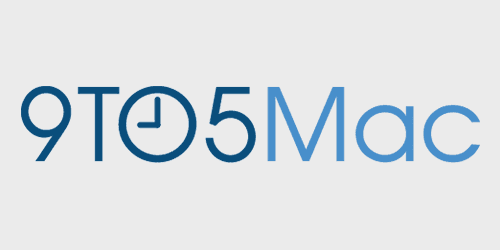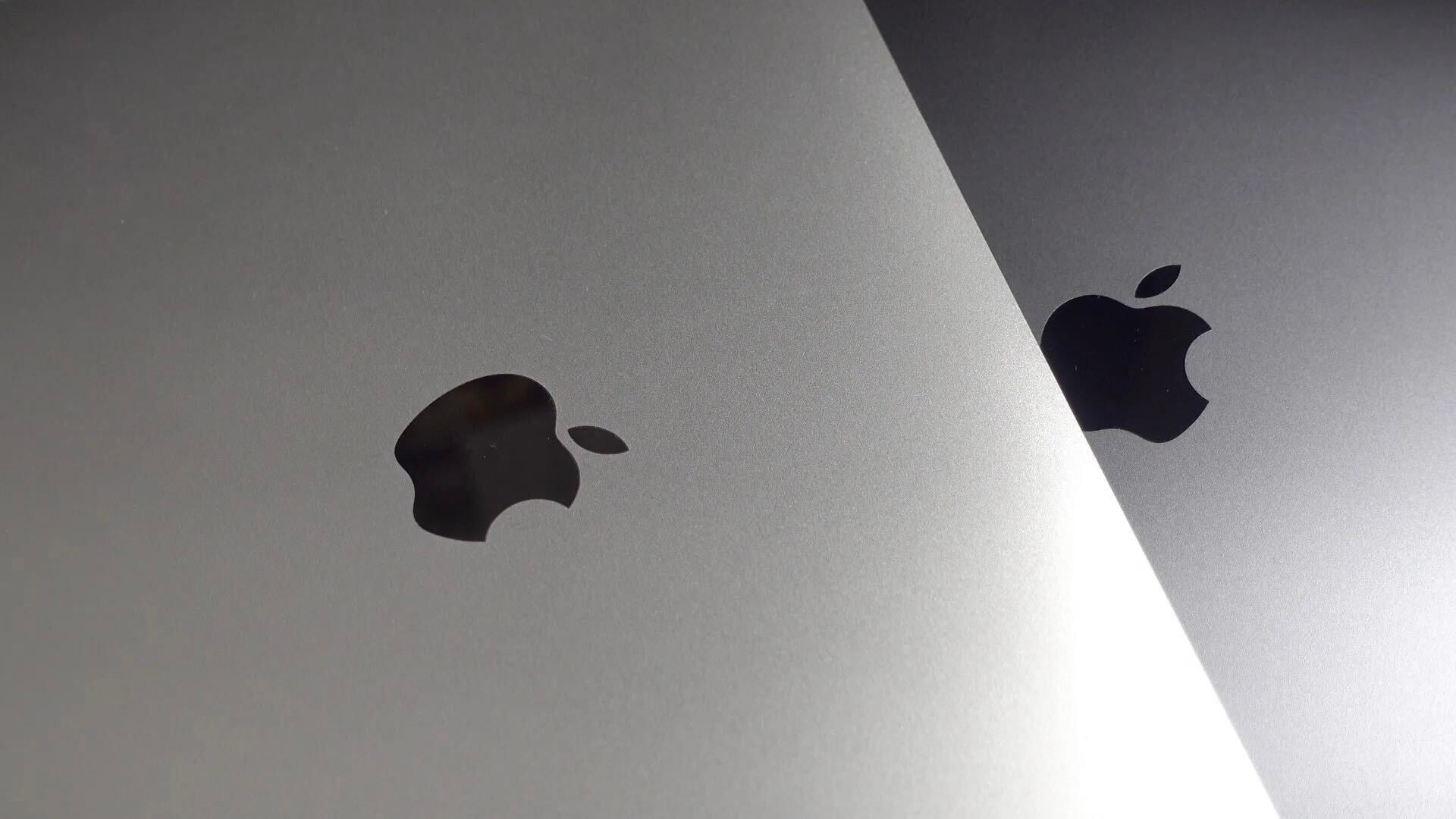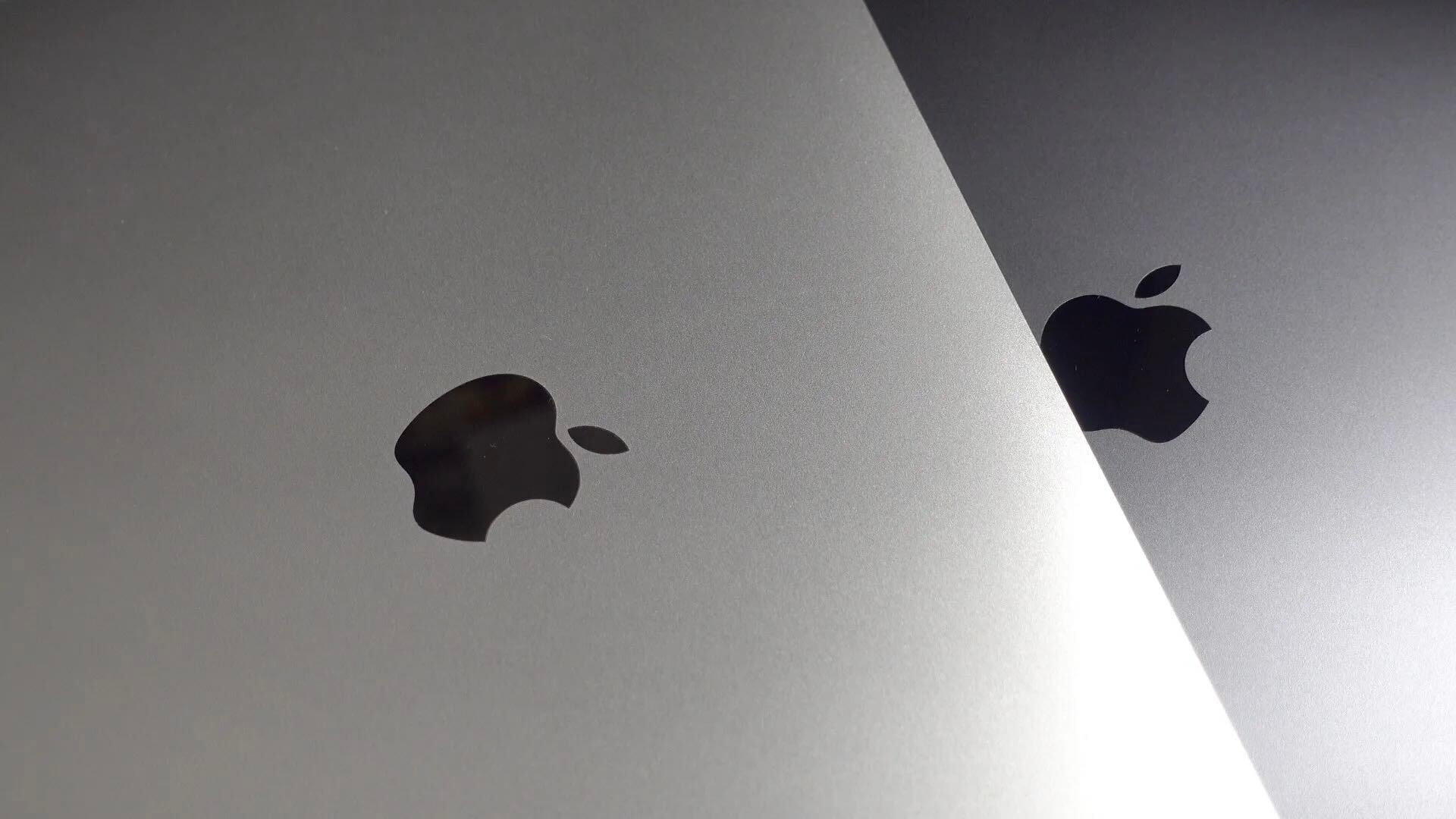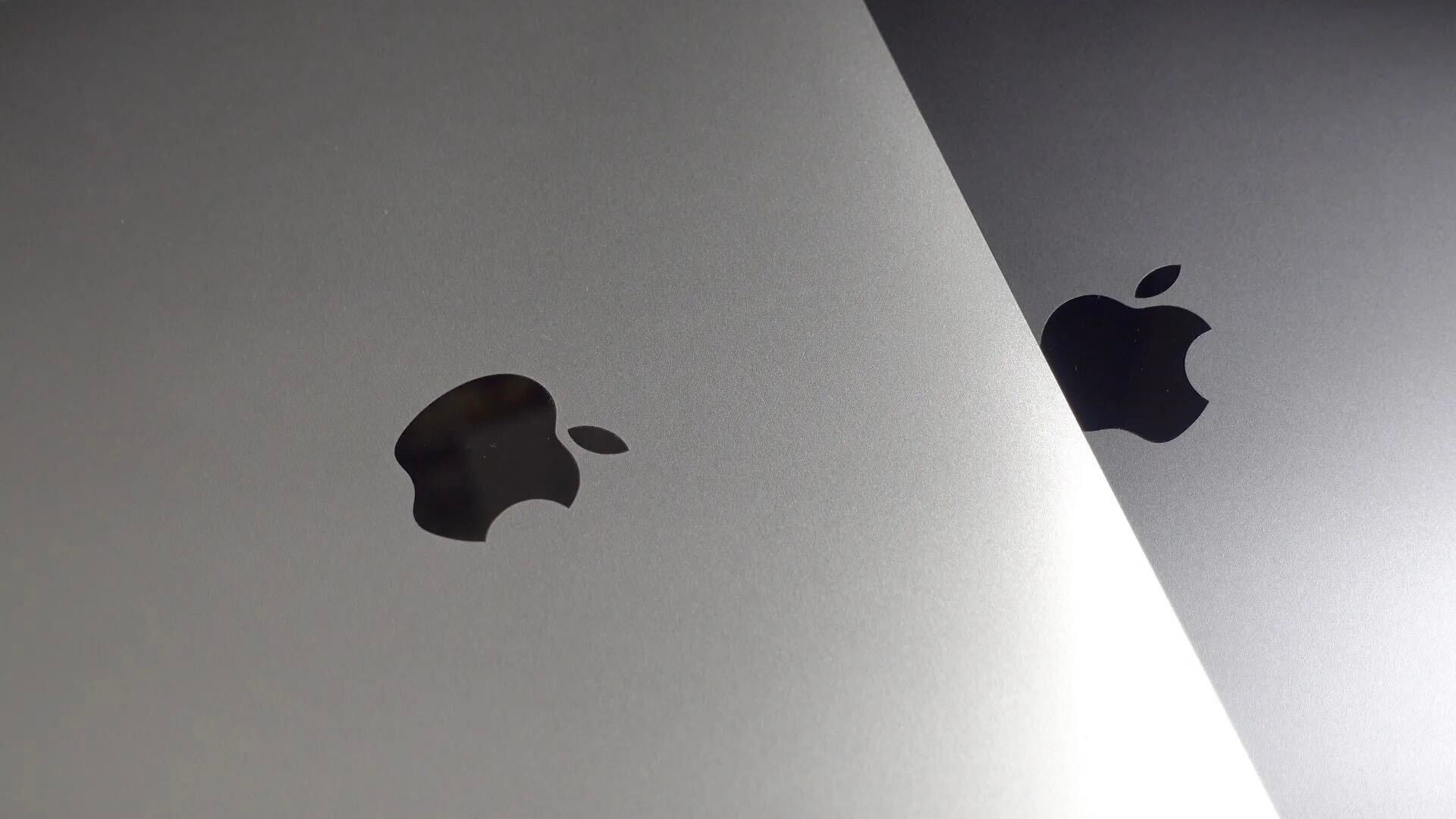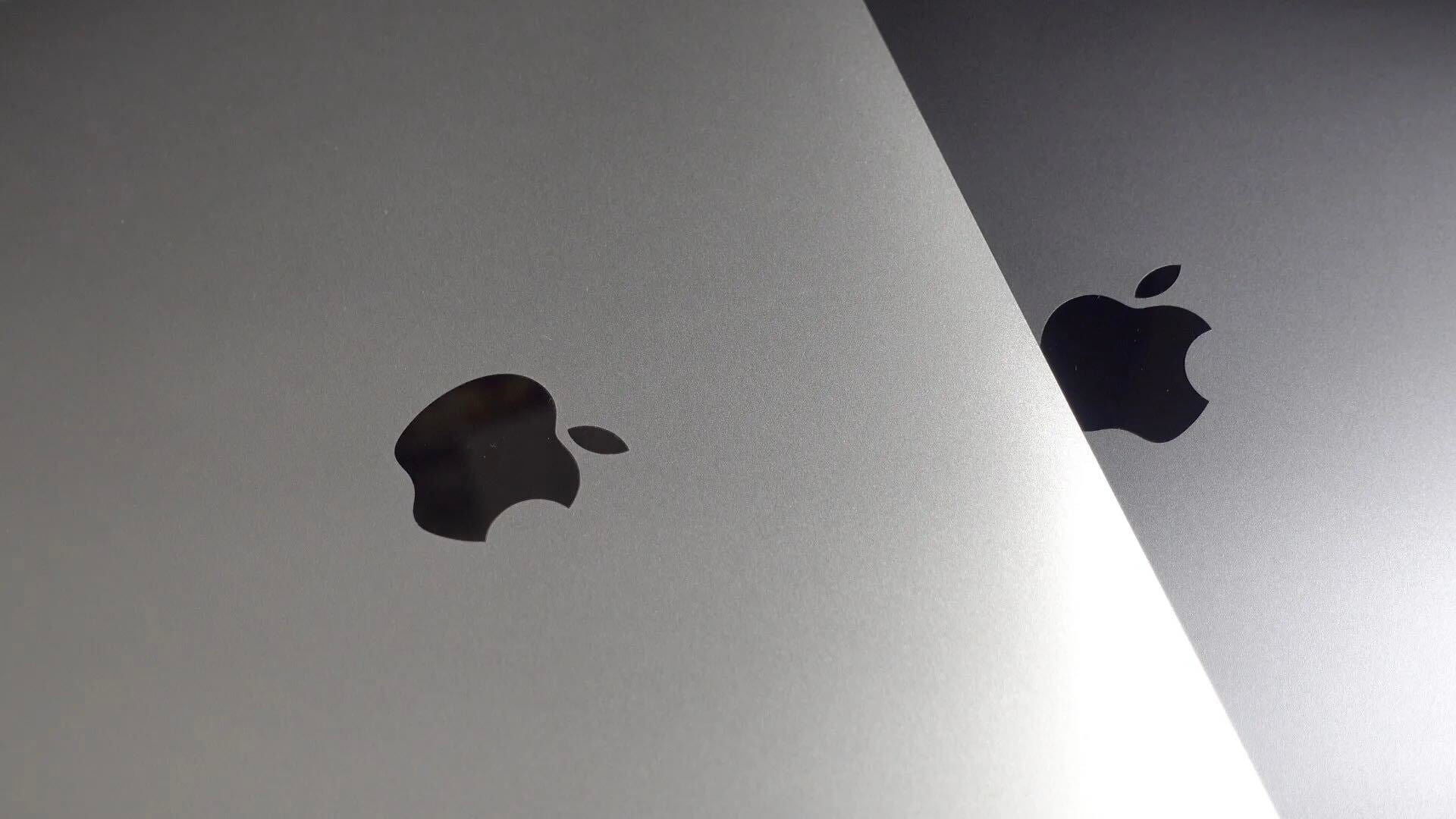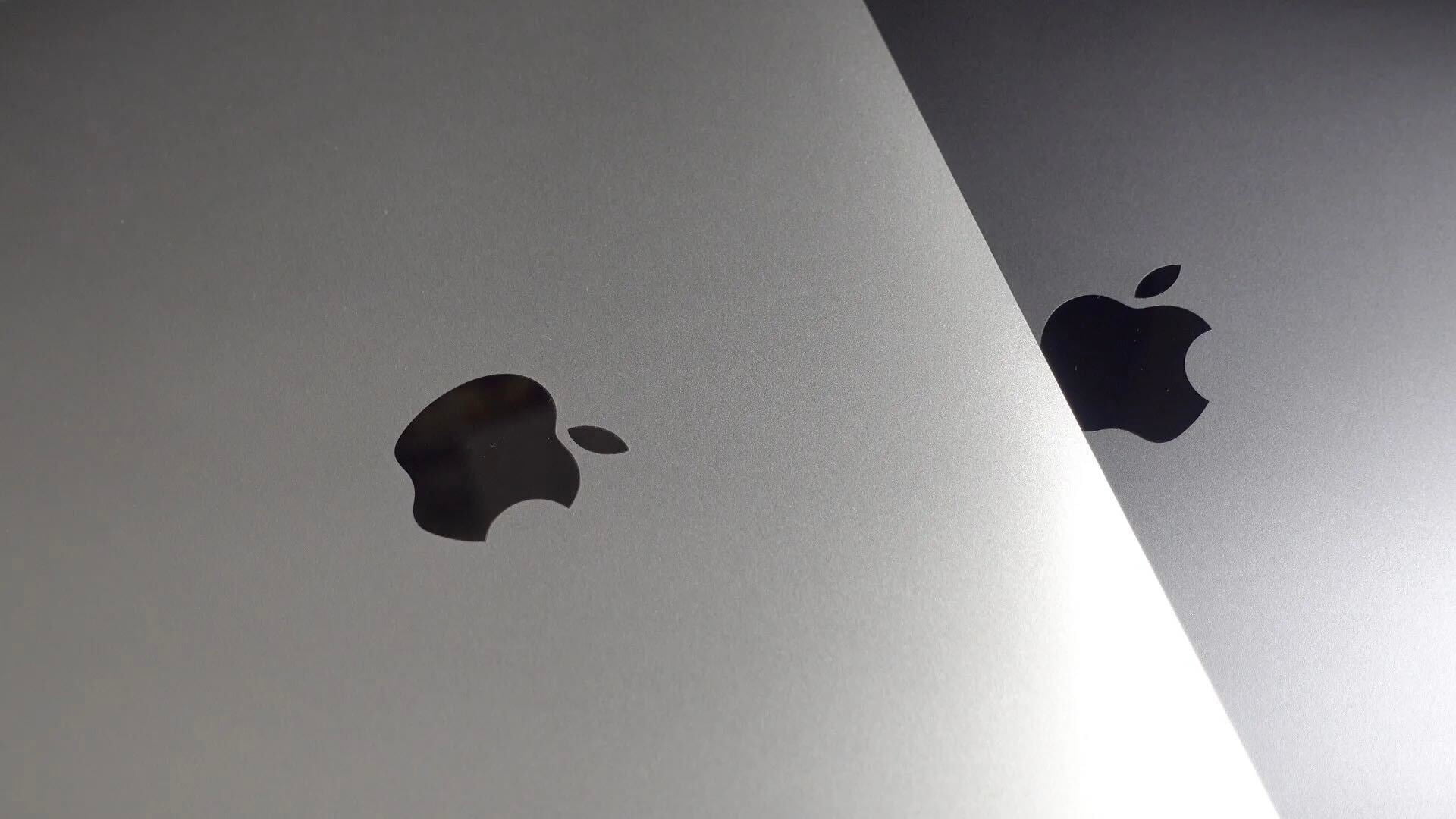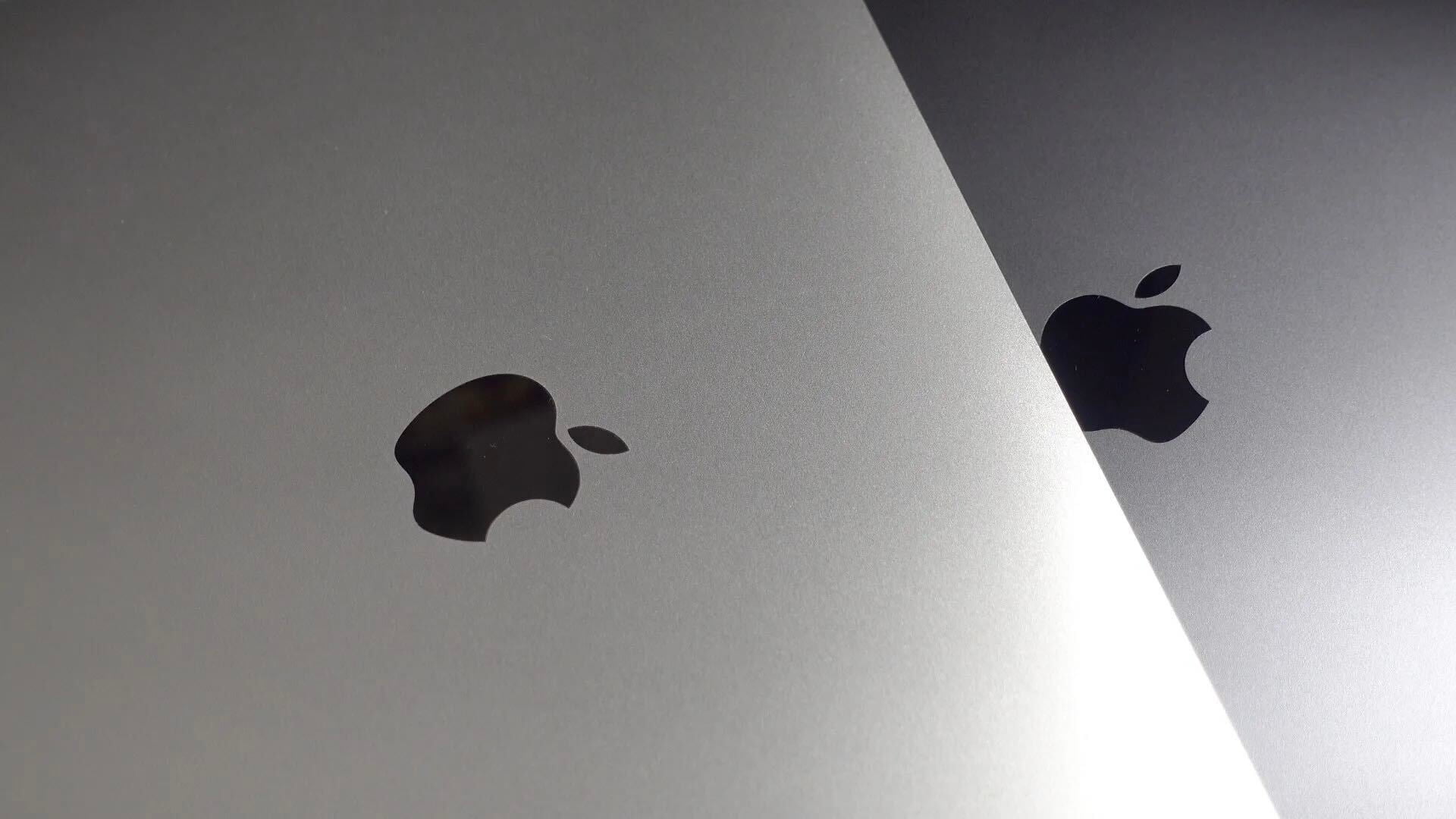Just launched on Kickstarter, the LeviSync iPad cradle arm for iMac is not the most elegant solution to have an iPad float next to your Mac’s display, but its industrial strength aluminium and steel design certainly looks made to last.
The LeviSync’s arm swings to position on either side of your of your iMac, builds in a four-port USB hub, and is compatible with every generation of iPad and iMacs starting from the late 2007 model. It also works in landscape or portrait mode and makes it easy to hook up to your iMac’s audio output source. Another great feature is the stand. It requires no screws or additional parts for installation and simply slides onto your iMac’s existing stand. This is perhaps most useful for those taking advantage of solutions such as AirDisplay for using iPad as a second monitor.
You will have to pledge at least $199 to get your hands on the LeviSync when it lands in production, but it will eventually retail for $249. The inventors will first have to reach their $60,000 funding goal…
Introducing LeviSync, the Missing iPad Dock for iMac
Pipestone, MN—May 10, 2012—LevTech, Inc is pleased to introduce LeviSync, a new way to sync and charge any iPad with an iMac. LeviSync, the only premium iPad accessory for your iMac, is an iPad docking arm that mounts on the back of an iMac computer. It doesn’t take up desk space and helps you to charge and sync your iPad with your iMac. LeviSync’s unique design supports iPads in a new way.
“I was tired of my iPad just lying on the desktop when it wasn’t in use. I figured it needed its own place” said Ryan Christensen, President and Co-Founder of LevTech, Inc.
LeviSync connects seamlessly to all current iMac models. Simply slide LeviSync onto the back of an iMac, plug in the USB cables, and start enjoying the best iPad dock on the market. This will allow you to keep your desk free and clear of cables while keeping your iPad at eye level, charged, and synced.
Featuring an aluminum and steel design, zero configuration installation, zero footprint, built-in USB hub, and a secure elevated iPad dock connection, LeviSync is launching from kickstarter.com* now with an introductory price of $199.
Along with a sleek design, LeviSync provides four USB ports, allowing for even more accessories to be connected to your iMac. The iPad dock allows you to position the iPad on either the right or left side of the iMac to suit your preference. Best of all, LeviSync eliminates interaction with charge and sync cables.
Now you can enjoy a clutter free desk and simultaneously use your iPad all with an exceptional build quality and smooth user experience.



